Home>Home Appliances>Heating & Cooling>How To Turn On Heated Floors
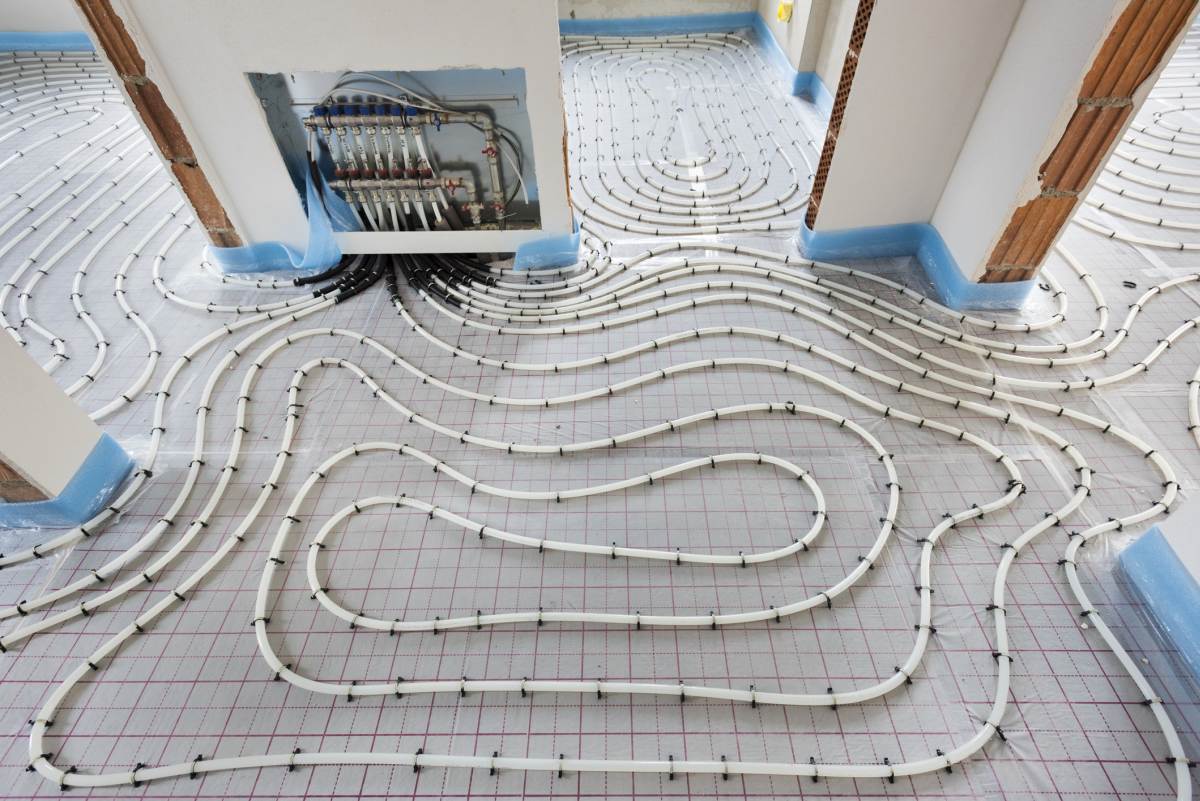

Heating & Cooling
How To Turn On Heated Floors
Modified: January 6, 2024
Learn how to easily turn on heated floors for efficient heating and cooling. Find out the best methods and tips for maximizing comfort in your home.
(Many of the links in this article redirect to a specific reviewed product. Your purchase of these products through affiliate links helps to generate commission for Storables.com, at no extra cost. Learn more)
Introduction
Welcome to the cozy world of heated floors! Imagine stepping out of bed on a chilly morning and feeling the warmth of the floor beneath your feet. Heated floors, also known as radiant floor heating, offer a luxurious and energy-efficient way to keep your home comfortably warm during the colder months.
In this comprehensive guide, we'll explore everything you need to know about turning on heated floors, from understanding the different types of systems to the installation process and essential tips for optimal performance. Whether you're considering adding radiant heating to your home or you're a new owner looking to make the most of this innovative feature, this article will provide valuable insights and practical advice.
Join us as we delve into the fascinating world of heated floors, uncovering the mechanics behind their operation and offering valuable tips for maximizing their benefits. Let's embark on this journey to discover the comfort and efficiency of radiant floor heating.
Key Takeaways:
- Experience the luxury of heated floors, offering energy-efficient warmth and even heat distribution. Choose between electric and hydronic systems for customizable comfort and cozy living spaces.
- Turning on heated floors is a simple joy, controlled by a thermostat. Embrace zoned heating, optimal programming, and regular maintenance for a delightful, energy-efficient home ambiance.
Read more: How Are Heated Floors Heated?
Understanding Heated Floors
Heated floors, or radiant floor heating, operate by warming the floor surface to provide consistent and efficient heat throughout a space. This method of heating offers several advantages over traditional forced-air systems, including improved energy efficiency, more even heat distribution, and the elimination of airborne allergens often associated with forced-air heating.
There are two primary types of heated floors: electric radiant heating and hydronic (water-based) radiant heating. Electric systems utilize electric cables or mats installed beneath the floor, while hydronic systems rely on a network of water-filled tubes. Both types work by emitting heat from the floor, creating a comfortable and consistent warmth that radiates upward to heat the surrounding area.
One of the key benefits of heated floors is their ability to maintain a comfortable temperature with minimal energy consumption. Unlike forced-air systems that can result in heat loss through ducts and vents, heated floors deliver heat directly from the floor surface, minimizing energy waste and reducing heating costs.
Furthermore, radiant floor heating provides a more uniform distribution of heat, eliminating cold spots and ensuring a cozy environment throughout the room. This even heat dispersion can contribute to enhanced comfort and a more pleasant living space, particularly during the colder months.
Understanding the principles of radiant floor heating empowers homeowners to make informed decisions about their heating systems. Whether you’re considering installing heated floors in a new construction or retrofitting them into an existing home, grasping the mechanics and benefits of this innovative heating method is essential for maximizing its potential.
Types of Heated Floors
Heated floors come in two primary types: electric radiant heating and hydronic (water-based) radiant heating. Each type offers unique advantages and considerations, allowing homeowners to choose the most suitable option based on their specific needs and preferences.
Electric Radiant Heating
Electric radiant heating systems rely on electric cables or mats installed beneath the flooring surface. These systems generate heat through the resistance of the electric current flowing through the cables, which warms the floor and radiates heat upward into the room. Electric radiant heating is known for its relatively easy installation and compatibility with various flooring materials, making it a versatile option for both new construction and remodeling projects.
One of the key advantages of electric radiant heating is its rapid response time. These systems can quickly reach the desired temperature, providing on-demand warmth and flexibility in controlling the heating schedule. Additionally, electric radiant heating systems can be installed as whole-house solutions or as targeted heating in specific areas, offering customizable comfort options for homeowners.
Hydronic (Water-Based) Radiant Heating
Hydronic radiant heating systems utilize a network of water-filled tubing installed beneath the floor to distribute warmth throughout the space. These systems are typically connected to a boiler or water heater, which heats the water and circulates it through the tubing to provide consistent and efficient warmth. Hydronic radiant heating is valued for its energy efficiency and ability to maintain comfortable temperatures for extended periods with minimal energy consumption.
One of the notable benefits of hydronic radiant heating is its compatibility with various heat sources, including solar thermal, geothermal, and traditional gas or electric boilers. This versatility allows homeowners to choose the most sustainable and cost-effective heat source for their hydronic systems, contributing to long-term energy savings and environmental benefits.
Understanding the differences between electric radiant heating and hydronic radiant heating enables homeowners to make informed decisions when selecting the most suitable type of heated floors for their homes. By considering factors such as installation requirements, energy efficiency, and heating performance, individuals can choose a radiant floor heating system that aligns with their comfort goals and lifestyle preferences.
Read more: How To Turn On Central Heating
Installing Heated Floors
The installation of heated floors, also known as radiant floor heating, involves careful planning and precise execution to ensure optimal performance and long-term reliability. Whether incorporating radiant heating into a new construction or retrofitting it into an existing home, the installation process follows specific steps to create a comfortable and efficient heating system.
Pre-Installation Considerations
Prior to the installation of heated floors, it’s essential to assess the space and select the most suitable type of radiant heating system based on factors such as the flooring material, room layout, and heating requirements. Additionally, determining the heat source for hydronic systems and evaluating electrical considerations for electric systems are crucial steps in the pre-installation phase.
Subfloor Preparation
The subfloor serves as the foundation for the radiant heating system. Depending on the type of heated floors being installed, the subfloor may require specific preparations to accommodate the heating elements. For electric radiant heating, this may involve embedding electric cables or mats within the subfloor, while hydronic systems require the installation of tubing within a thermal mass, such as a concrete slab or specialized underlayment.
Heating Element Installation
Electric radiant heating systems involve the installation of electric cables or mats directly beneath the flooring material. This process requires precision to ensure even heat distribution and proper coverage throughout the designated area. Hydronic systems, on the other hand, involve laying out the network of tubing within the subfloor and connecting it to the heat source, such as a boiler or water heater.
Read more: How To Turn On A Heat Lamp
Flooring Installation
Once the heating elements are in place, the flooring material can be installed over the radiant heating system. It’s important to select flooring materials that are compatible with radiant heating, as certain materials, such as tile, stone, and engineered wood, conduct and retain heat effectively. Proper installation of the flooring material is crucial to maximizing the efficiency and comfort of the heated floors.
System Testing and Commissioning
After the installation is complete, thorough testing and commissioning of the radiant floor heating system are essential to verify its functionality and performance. This includes checking for proper heat distribution, ensuring the system operates within specified temperature ranges, and confirming the responsiveness of the controls. System testing provides assurance that the heated floors are ready to deliver consistent warmth and comfort.
By following these essential steps and considering the specific requirements of the chosen radiant heating system, homeowners can achieve successful installation of heated floors, creating a cozy and energy-efficient environment within their homes.
Turning On Heated Floors
Once the installation of heated floors is complete, the exciting moment arrives to experience the luxurious warmth they offer. Turning on heated floors involves a few simple steps that allow homeowners to enjoy the comfort and efficiency of radiant floor heating.
Thermostat Operation
The primary method for controlling heated floors is through a dedicated thermostat. The thermostat serves as the command center for the radiant heating system, allowing users to set and adjust the desired temperature for individual rooms or zones. Modern thermostats often feature programmable schedules, enabling users to customize heating settings based on their daily routines and preferences.
When turning on heated floors for the first time, it’s important to familiarize yourself with the thermostat’s operation and programming capabilities. This includes setting the initial temperature, configuring the heating schedule, and understanding how to make adjustments to suit changing comfort needs.
Read more: How To Install Heated Floors
Initial Warm-Up Period
After programming the thermostat, the radiant floor heating system undergoes an initial warm-up period to reach the set temperature. During this time, the heating elements gradually emit warmth, gently raising the floor temperature and creating a comfortable environment. The duration of the warm-up period varies based on factors such as the type of heating system, the size of the heated area, and the desired temperature settings.
Zoned Heating Control
For homes with zoned heating capabilities, turning on heated floors involves activating specific zones or rooms as needed. Zoned heating allows homeowners to customize the heating operation for different areas of the home, providing personalized comfort and energy savings. By selectively heating occupied spaces and adjusting temperatures based on usage patterns, zoned heating contributes to efficient and responsive radiant floor heating.
Monitoring and Adjustment
Once the heated floors are operational, it’s beneficial to monitor their performance and make adjustments as necessary. Observing the comfort levels in different areas of the home and noting any preferences for temperature settings allows homeowners to fine-tune the radiant heating system for optimal comfort and energy efficiency. Additionally, being attentive to any unusual heating patterns or fluctuations can help identify potential issues that may require attention.
By following these simple steps and becoming familiar with the operation of the thermostat and heating controls, homeowners can effortlessly turn on their heated floors and revel in the delightful warmth they provide. Embracing the convenience and comfort of radiant floor heating enhances the overall living experience and creates a welcoming environment, especially during the colder seasons.
Tips and Considerations
When it comes to maximizing the benefits of heated floors, several tips and considerations can enhance the overall performance, efficiency, and comfort of radiant floor heating systems. By implementing these insights, homeowners can make the most of their investment in heated floors and enjoy a cozy, energy-efficient living space.
Read more: Carrier Thermostat: How To Turn On Heat
Optimal Programming
Utilize the programmable features of the thermostat to establish heating schedules that align with your daily routines. By setting lower temperatures during periods of absence and higher temperatures when the space is occupied, you can conserve energy and maintain comfort effectively.
Floor Covering Selection
When choosing flooring materials for rooms with heated floors, opt for options that conduct and retain heat efficiently. Tile, stone, and engineered wood are excellent choices, as they facilitate the transfer of warmth from the floor to the living space, maximizing the comfort provided by the radiant heating system.
Regular Maintenance
Perform routine maintenance checks to ensure the radiant floor heating system operates optimally. This includes inspecting the heating elements, monitoring the thermostat’s performance, and addressing any issues promptly to prevent potential disruptions in the heating function.
Zoned Heating Strategy
If your home features zoned heating capabilities, strategically utilize the zoning to tailor heating levels based on room usage and occupancy patterns. This approach allows for personalized comfort and energy savings by directing heat to specific areas as needed.
Read more: How To Turn Heat On Verdant Thermostat
Energy-Efficient Practices
Incorporate energy-efficient practices to complement the benefits of heated floors. This may involve enhancing insulation, sealing drafts, and utilizing window treatments to minimize heat loss, thereby optimizing the overall energy performance of the radiant heating system.
Professional Maintenance and Servicing
Engage professional servicing for the radiant floor heating system at regular intervals to ensure its longevity and efficiency. Professional maintenance can encompass thorough inspections, cleaning of components, and fine-tuning the system for consistent and reliable performance.
By embracing these tips and considerations, homeowners can elevate the functionality and comfort of their heated floors, creating a welcoming and energy-efficient environment within their homes. Leveraging these insights enables individuals to enjoy the full potential of radiant floor heating while optimizing energy usage and enhancing overall comfort.
Conclusion
As we conclude our exploration of turning on heated floors, we’ve uncovered the remarkable comfort and efficiency offered by radiant floor heating. From understanding the principles of heated floors to the installation process and operational considerations, this guide has provided valuable insights for homeowners seeking to embrace the warmth and luxury of radiant heating systems.
Heated floors, whether electric radiant heating or hydronic radiant heating, represent a modern and energy-efficient approach to maintaining comfortable indoor temperatures. Their ability to evenly distribute warmth, minimize energy consumption, and offer customizable heating options contributes to a delightful living experience, especially during the colder seasons.
By familiarizing themselves with the operation of thermostats, optimizing heating schedules, and selecting suitable flooring materials, homeowners can effortlessly turn on their heated floors and revel in the cozy ambiance they create. Implementing zoned heating strategies, incorporating energy-efficient practices, and prioritizing regular maintenance further enhance the performance and longevity of radiant floor heating systems.
As radiant floor heating continues to gain popularity for its comfort and sustainability, it’s essential for homeowners to embrace the practical tips and considerations outlined in this guide. By doing so, individuals can elevate the functionality and energy efficiency of their heated floors, creating a welcoming and inviting environment within their homes.
In conclusion, the journey to turning on heated floors is not only about activating a heating system; it’s about embracing a lifestyle of warmth, comfort, and energy-conscious living. With radiant floor heating, homeowners can bask in the delightful sensation of walking on warm floors while relishing the efficient and sustainable benefits of this innovative heating solution.
As we bid farewell to this guide, may the warmth and comfort of heated floors enrich your home and elevate your everyday living experience.
Frequently Asked Questions about How To Turn On Heated Floors
Was this page helpful?
At Storables.com, we guarantee accurate and reliable information. Our content, validated by Expert Board Contributors, is crafted following stringent Editorial Policies. We're committed to providing you with well-researched, expert-backed insights for all your informational needs.
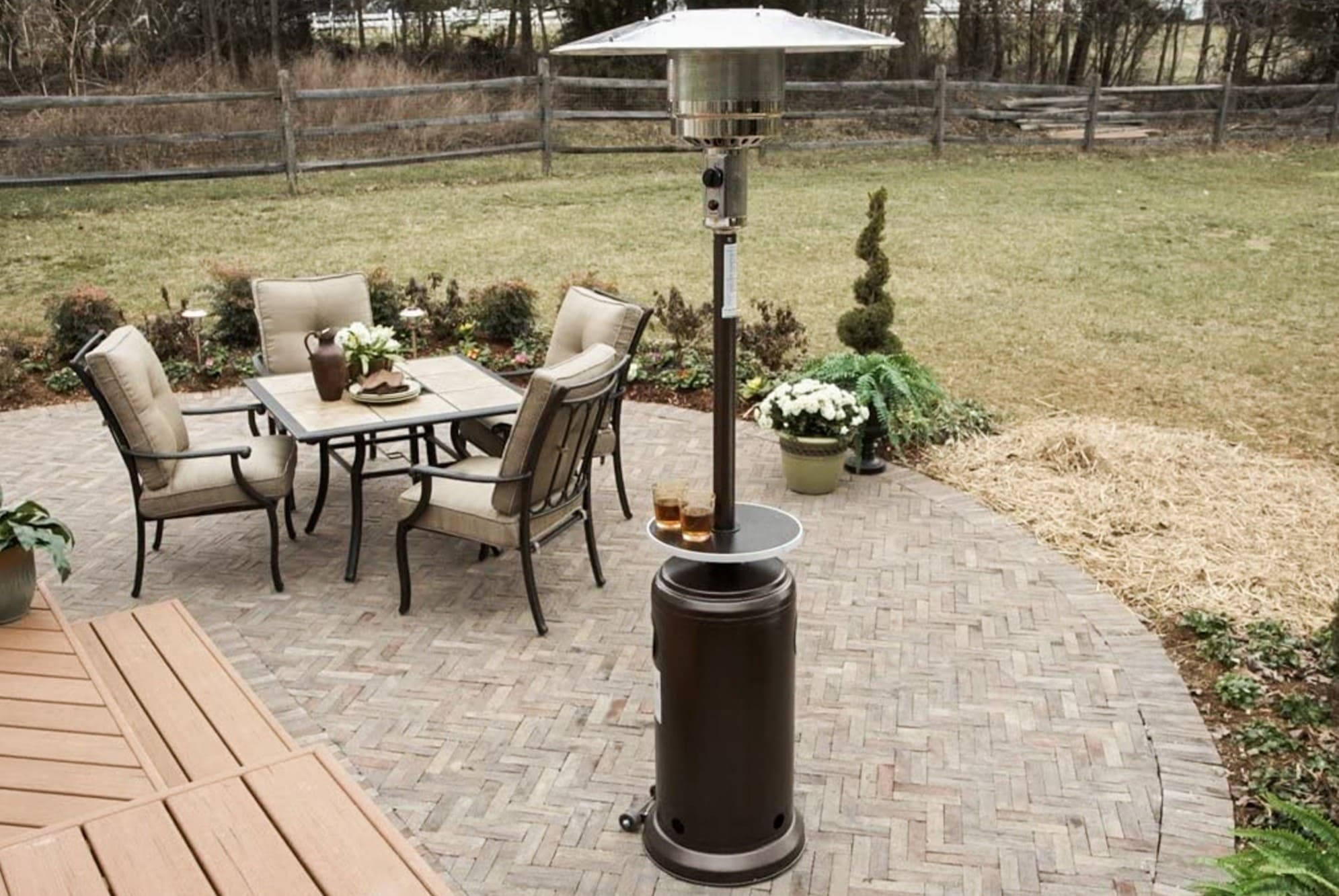
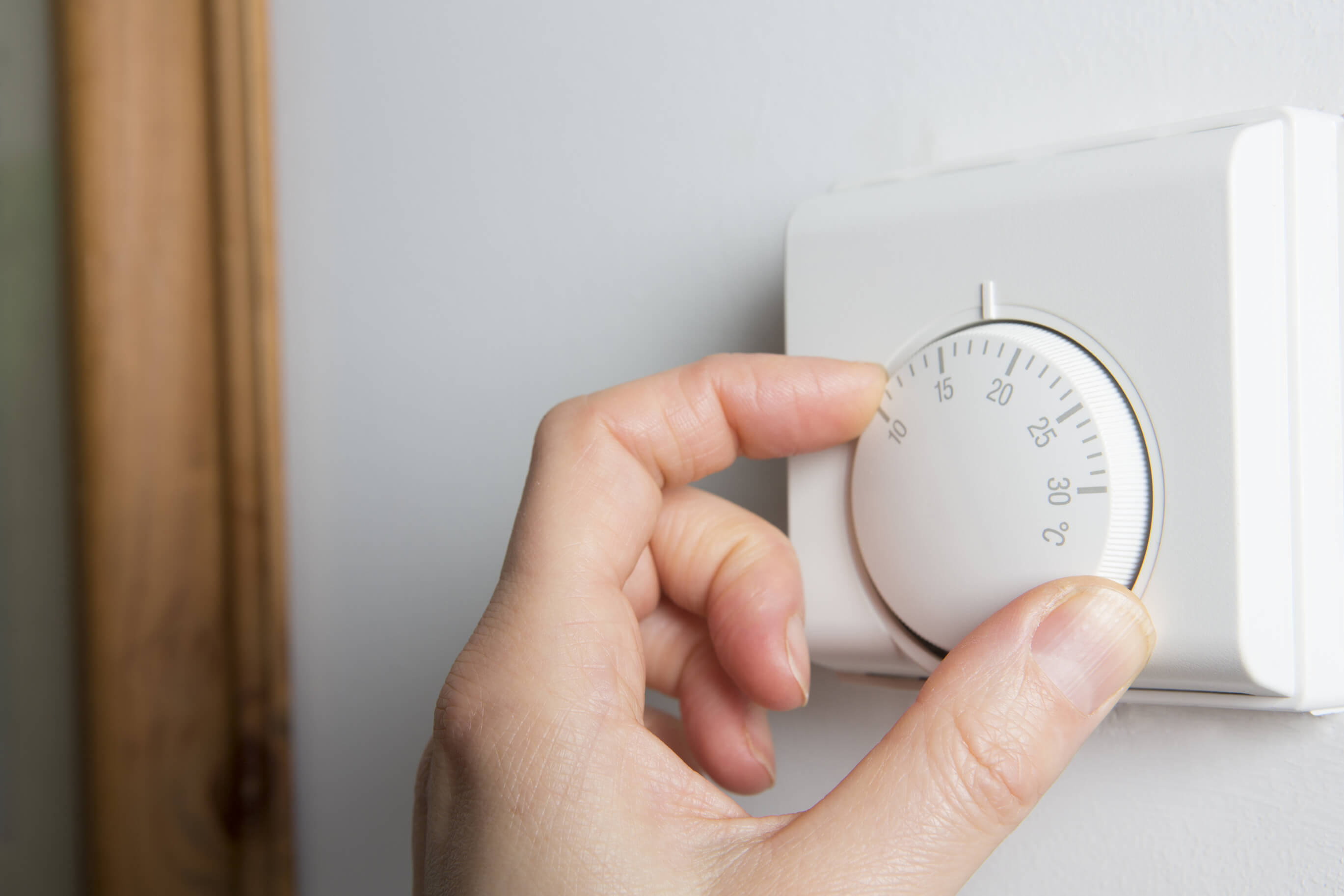

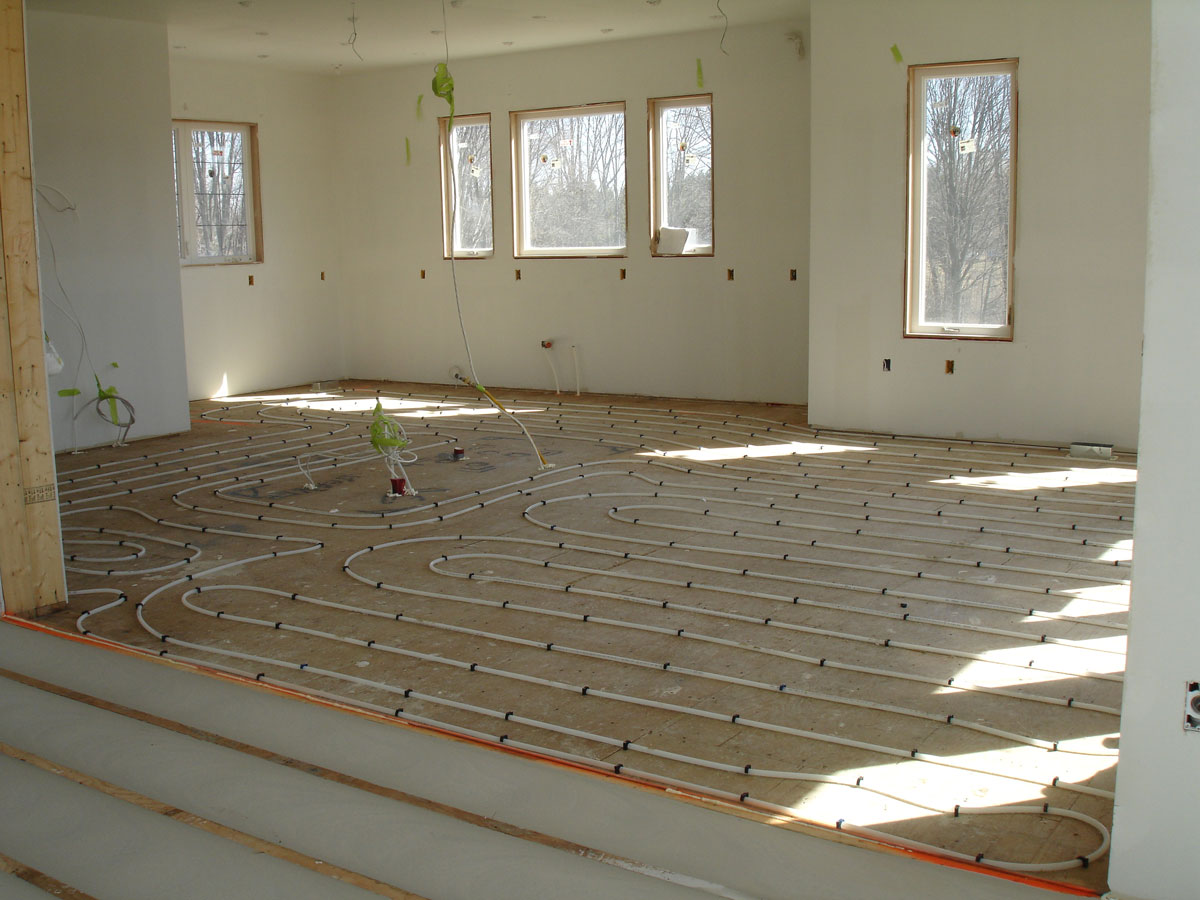
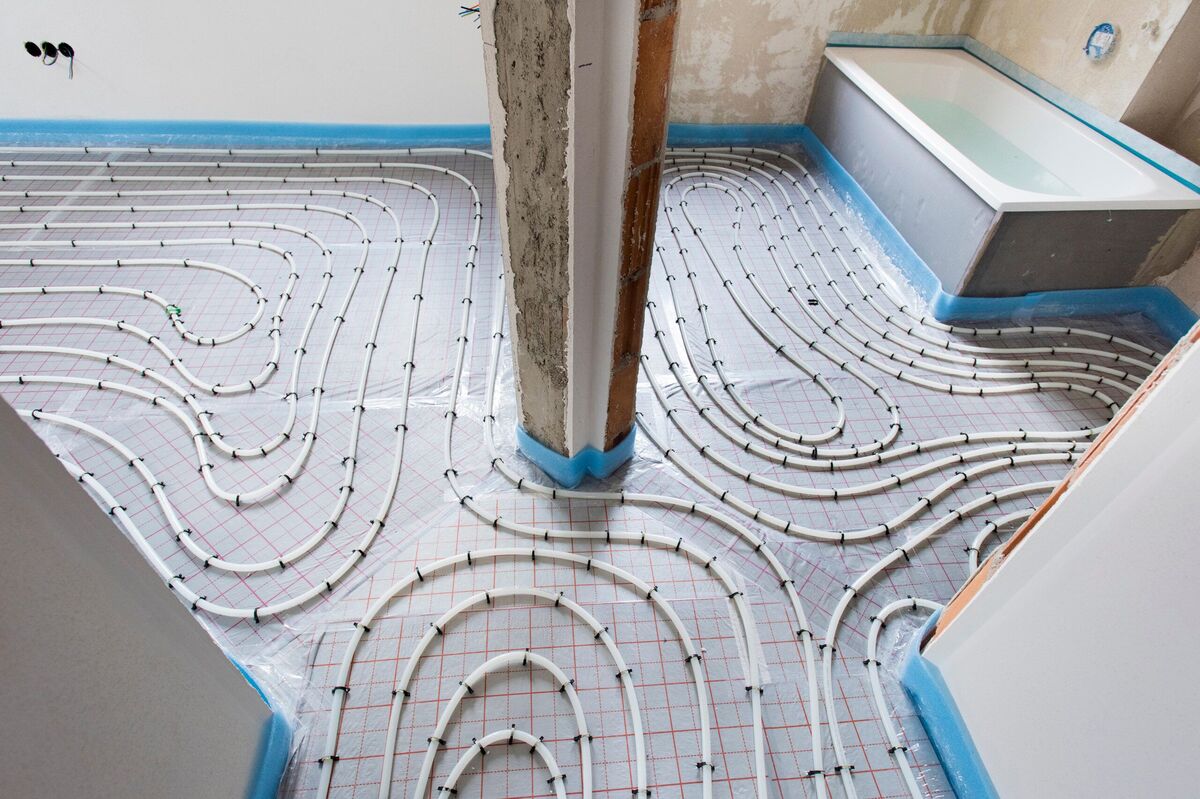
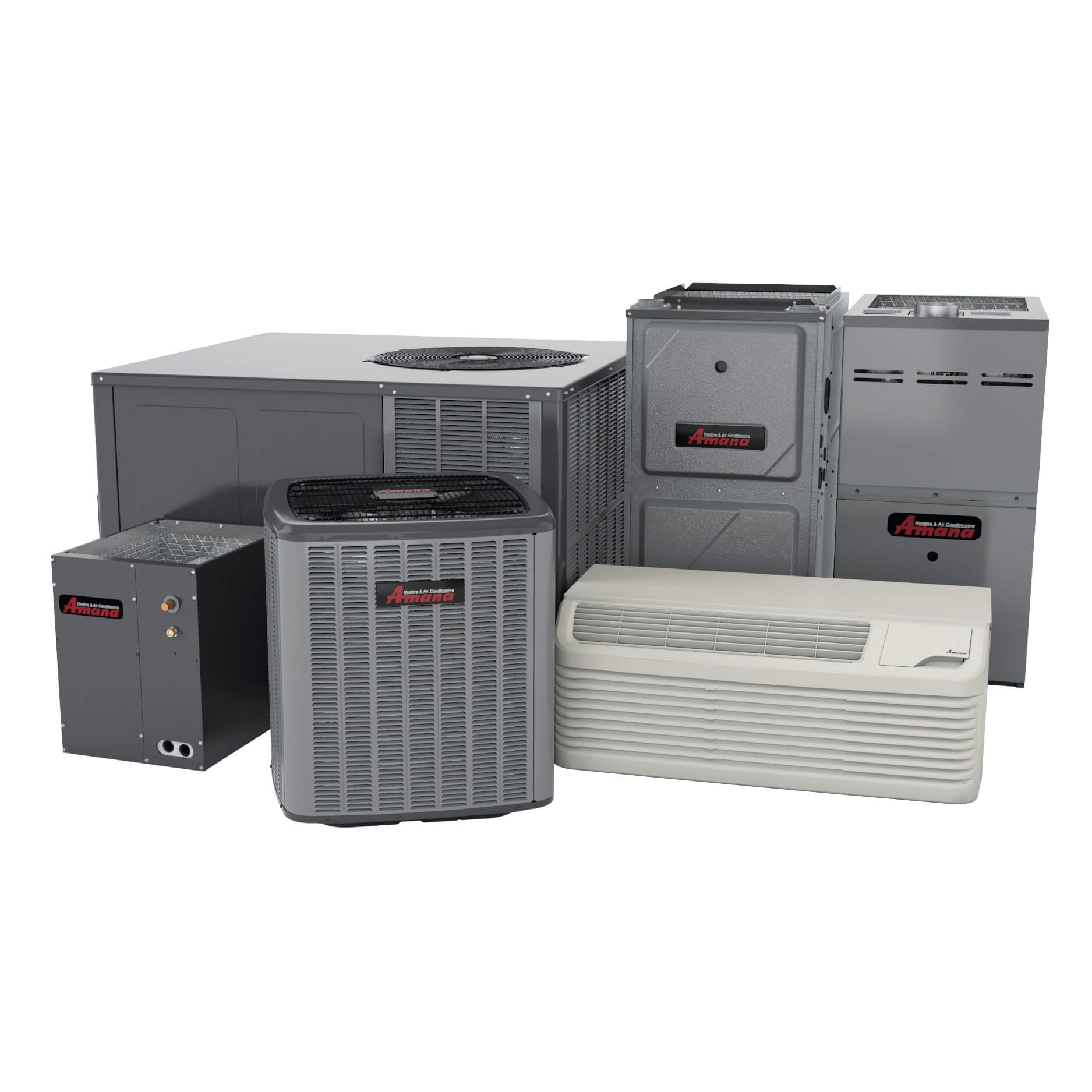
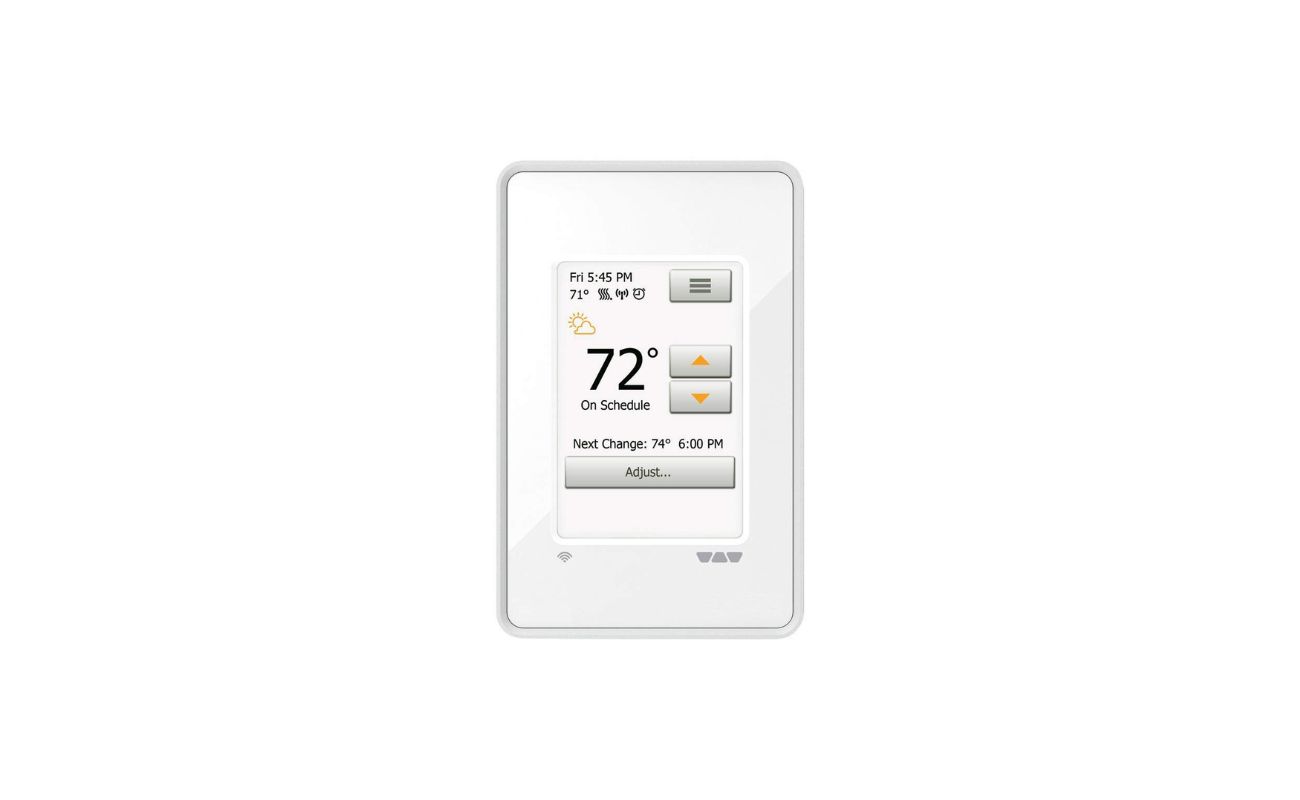
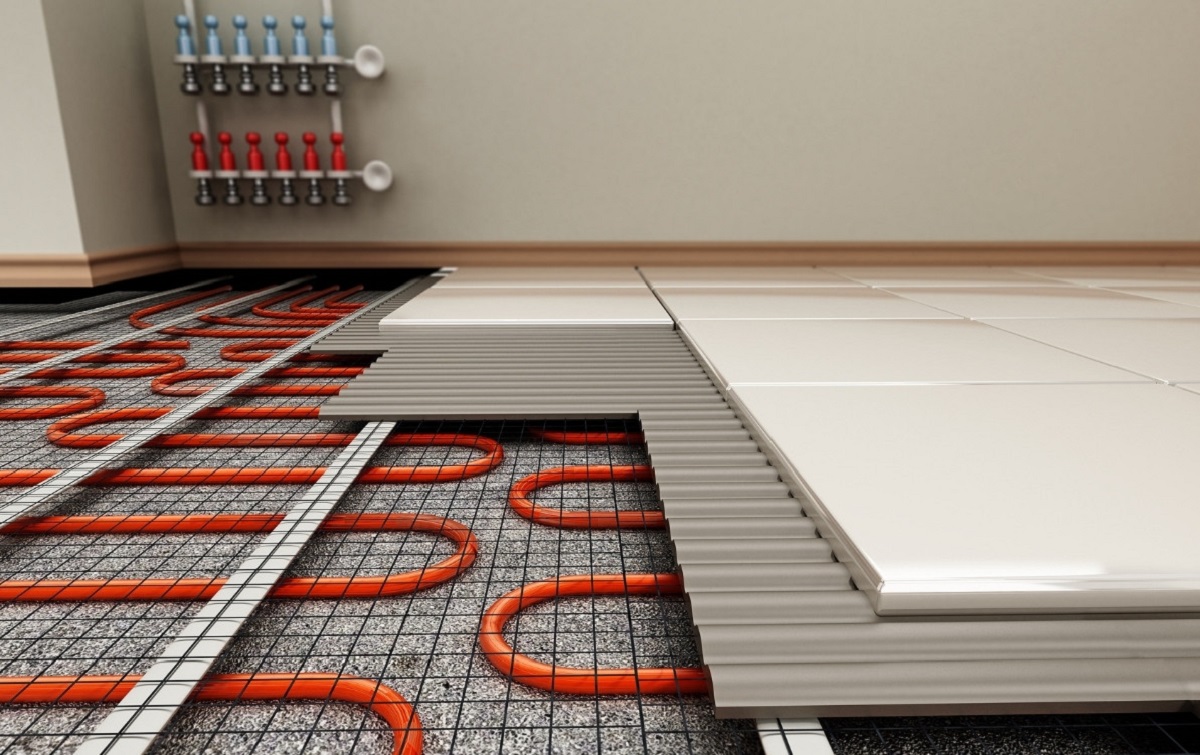
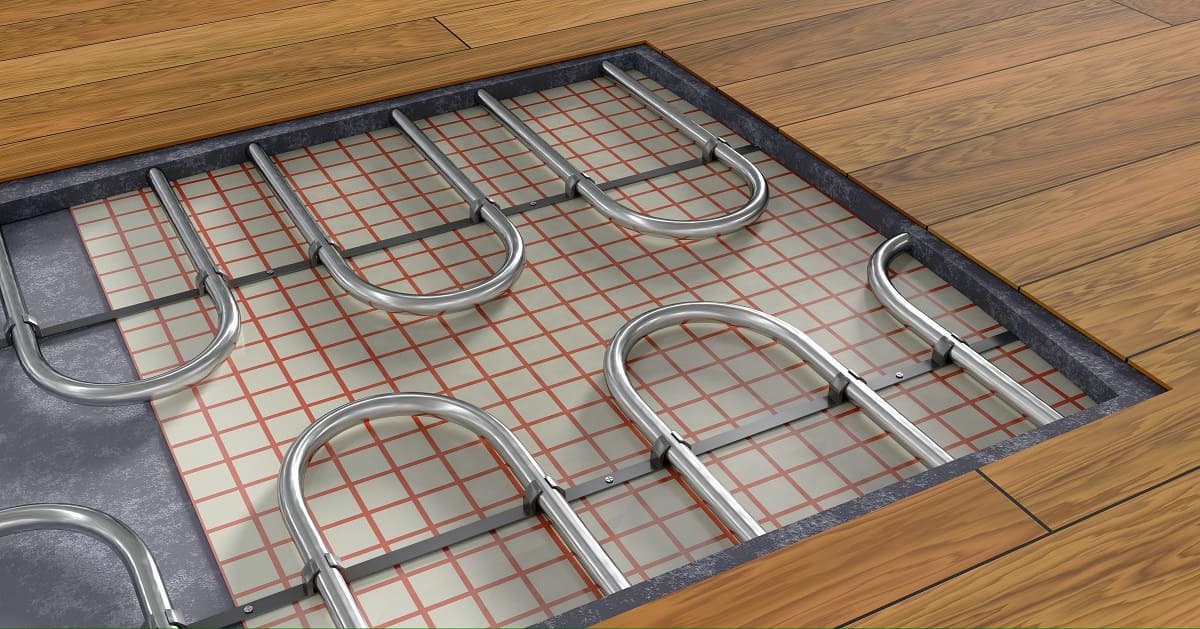
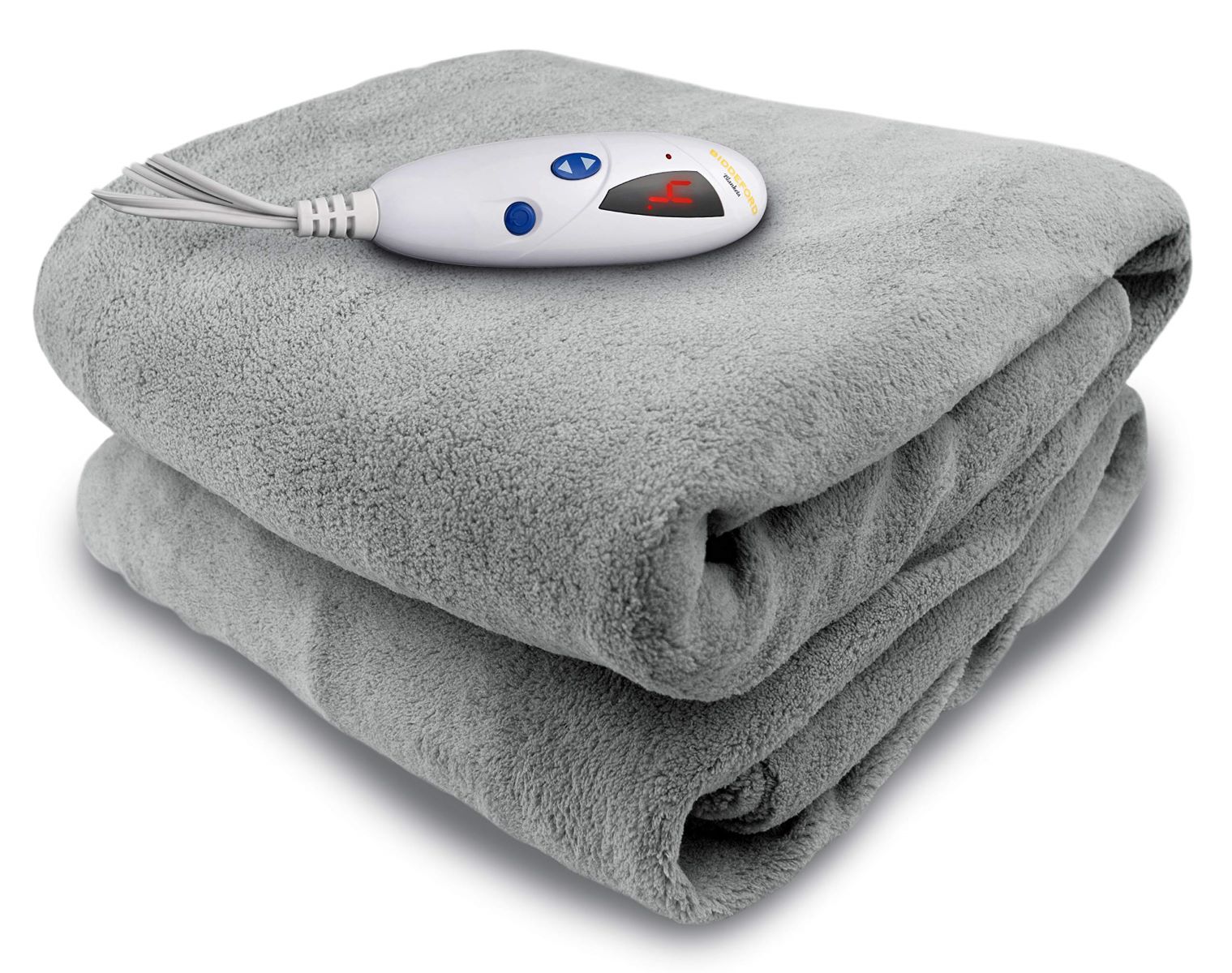

0 thoughts on “How To Turn On Heated Floors”